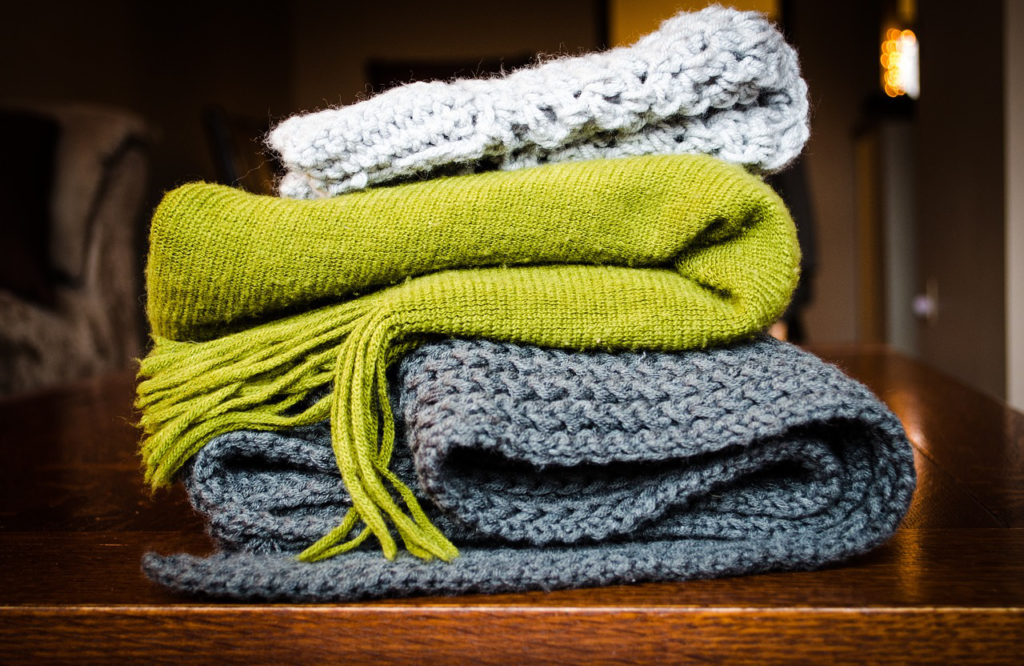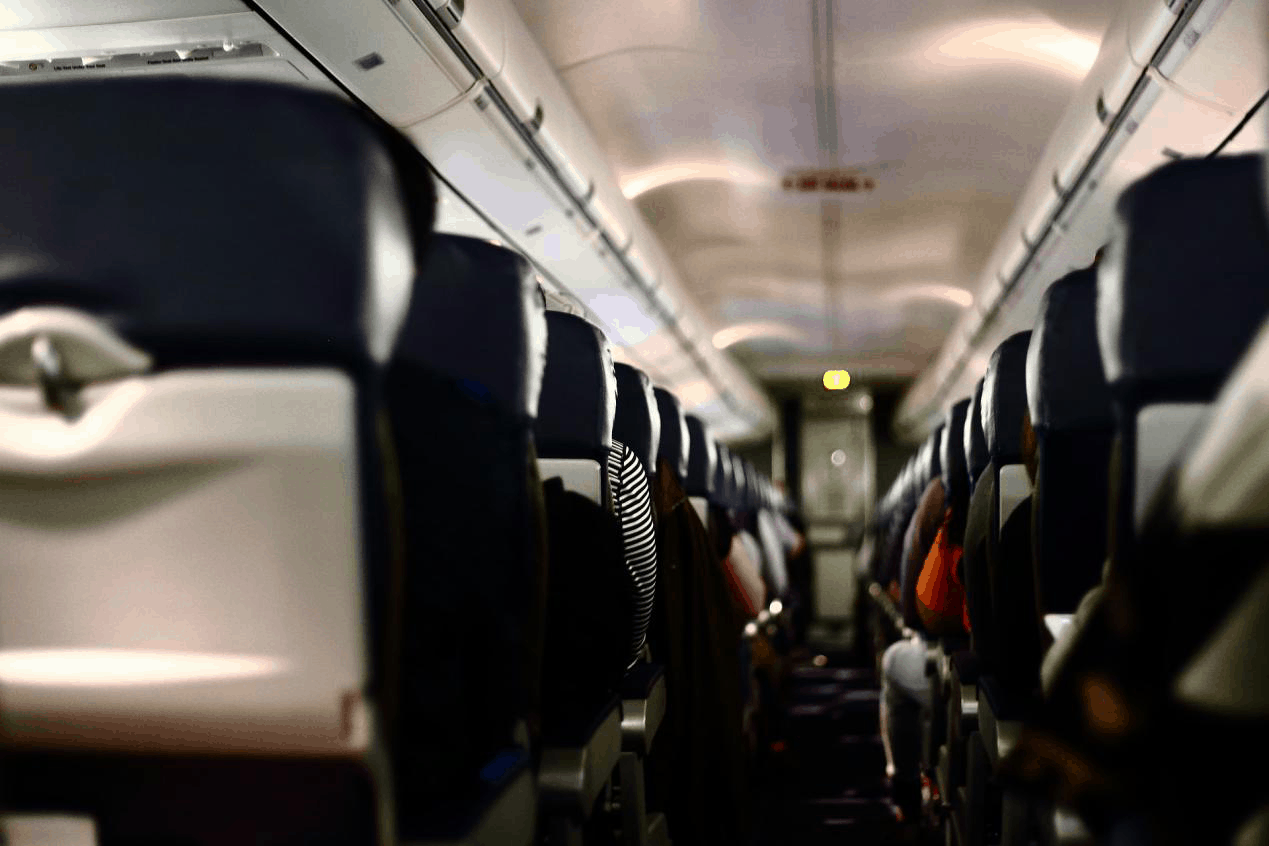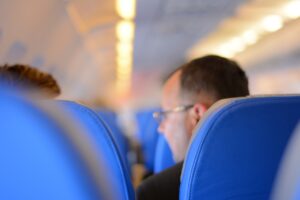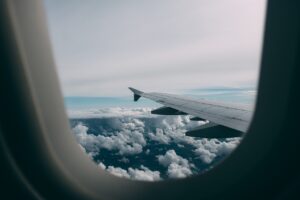Are you going to have a dream vacation? Can’t wait to enjoy the beauty of your destination? The difference between a good trip and a bad trip is how long you sleep on the plane. But for most of us, good sleep in flight is a daunting task.
Why?
With the various disturbances and troubles of air travel, such as the noise of the plane, insufficient legroom, someone crawling over you, noisy children, the screams of people playing video games…Knowing how to have a perfect sleep on a plane has become an invaluable trick for travelers. If you have difficulty getting a good sleep every time you board the plane, you are not alone-However, some minor changes to the flying habits could help you sleep better on the next flight. Here are our top hints for boarding.
1. Score the Best Seat
Your seat position may be one of the most important factors determining whether you sleep well on the plane. This is why you should check-in online as early as possible and choose your seat.
Choose a window seat: when your neighbors need to go to the bathroom, they won’t bother you, and you can support yourself by the window. Also, you can control your light exposure.
Choose a seat near the front of the engine that is close to the wings: this is a good choice if you are afraid of flying because this part of the aircraft is less noisy and more stable when the turbulence comes.
An exit seat (a seat used to leave the plane in case of emergency): the exit row seats provide more legroom; however, some exit row seats cannot be reclined (so that they do not become an obstacle in an emergency), and some bulkhead seats cannot be raised. The bulkhead seats are usually reserved for families traveling with infants or children, which may be noisy.
Avoid the last row of the plane: similarly, the seats may not recline, and they are usually located near toilets-where both noise and smell may be a problem. In addition to the last row, sitting in the front and back of the plane is also favorable and unfavorable. Seats near the rear of the plane may be more noisy because of the sound of the plane’s engines and kitchen, but you are also more likely to have several seats (even the entire row) at the back – extra space to compensate for the extra noise.
Avoid seats near the toilets: these seats are more noisy due to the passenger flow and sometimes stink.
Choose a seat where your feet can stretch: the other thing to consider is leg space, which is also good for your blood circulation.
2. Take the Essentials for Sleeping

- Neck Support
When we fall asleep, our muscles are getting more and more relaxed. But relaxing the neck muscles makes it almost impossible for us to sleep well because when we sit upright, our neck muscles must continue to work. In short, with some neck support, you will be better off.
U-shaped pillows are the most common travel pillows. You can put pillows in front of or behind your neck. But turn it around and make the opening behind your neck so that your chin can lean against it, it will prevent your head from swinging up and down and awakening you, and will provide more support.
Some travelers also like the space-saving inflatable pillows, as well as the Trtl pillow, an innovative product recently developed in the field of neck support, which is half the size of traditional Neck Pillow and can be wrapped around your neck like a scarf.
- Blanket
The temperatures on the plane will change. Some airlines offer unsatisfactory polyester blankets on long-haul flights, while others offer nothing, When the temperature on the plane drops, bringing a blanket will keep you warm, and a scarf can play the same role. Fasten your seat belt over the blanket so that even if you fall asleep or if there is turbulence, the flight attendant won’t need to wake you up to check that you are safe.
- Eye Mask
The sleeping blindfold helps to shade. Even a little light from your neighbor’s seatback screen or tablet can disrupt your sleep. Another benefit of the eye mask is that it is an obvious signal that you are not allowed to participate in the conversation or wake you up. Hats can also be used as a substitute (or supplement) to the blindfold, which can cover your face, block out the light and give you some privacy.
- Earplugs
When you try to fall asleep on a plane, the archenemy you will face is noise. These noises come from passengers, but mainly from the plane itself. You can counterattack by wearing a pair of earplugs, which are very cheap.
- Headphone
Compared to the earplugs, headphones are more expensive, but they are more effective. Noise-canceling earphones have dual purposes. They not only block sounds you don’t want to hear; on the other hand, listening to soothing music can also help you troubleshoot distractions and put you to sleep calmly.
3. Eat and Drink Wisely

To ensure that your body has enough energy during the flight, eat a healthy light meal before boarding, or-at least-pack a protein stick to eat before the plane takes off, but it is recommended to eat it three hours before having a sleep. Eating spicy foods, overeating or eating high-fat foods may make you feel uncomfortable and make it harder to digest. When you have a big (or high-fat) meal, your heart needs to work harder to deliver more blood to your stomach and intestines. Eating a lot of high-fat foods can also lead to changes in blood coagulation that you want to avoid on long flights. Think of fruits, vegetables, yogurts and nuts.
Drink plenty of water before boarding the plane to avoid dehydration, but don’t drink too much. Frequent toilet uses won’t make it easy to fall asleep. Avoid alcohol and caffeine. Alcohol initially boosts sleep, but it usually works for only three to four hours, and then you can’t sleep anymore. More importantly, you may wake up thirsty with a headache, which leads to drinking more water. If you tend to snore, remember that alcohol relaxes the muscles in your throat, making you more likely to make deafening noises. Of course, you should also skip caffeine, we all know that coffee has an excellent refreshing effect, it will keep you awake excitedly.
If you must drink something on the plane, go for something that is free of alcohol and caffeine.
More Tricks
- Wear looser, less restrictive clothes or sweatpants.
- The light from laptops and smartphones doesn’t help you fall asleep, and they will keep your brain awake and hurt your eyes. So stay away from all the screens before bedtime.
- Match your normal sleep mode with flight time. If possible, you can also book a non-stop flight or red-eye flight.



